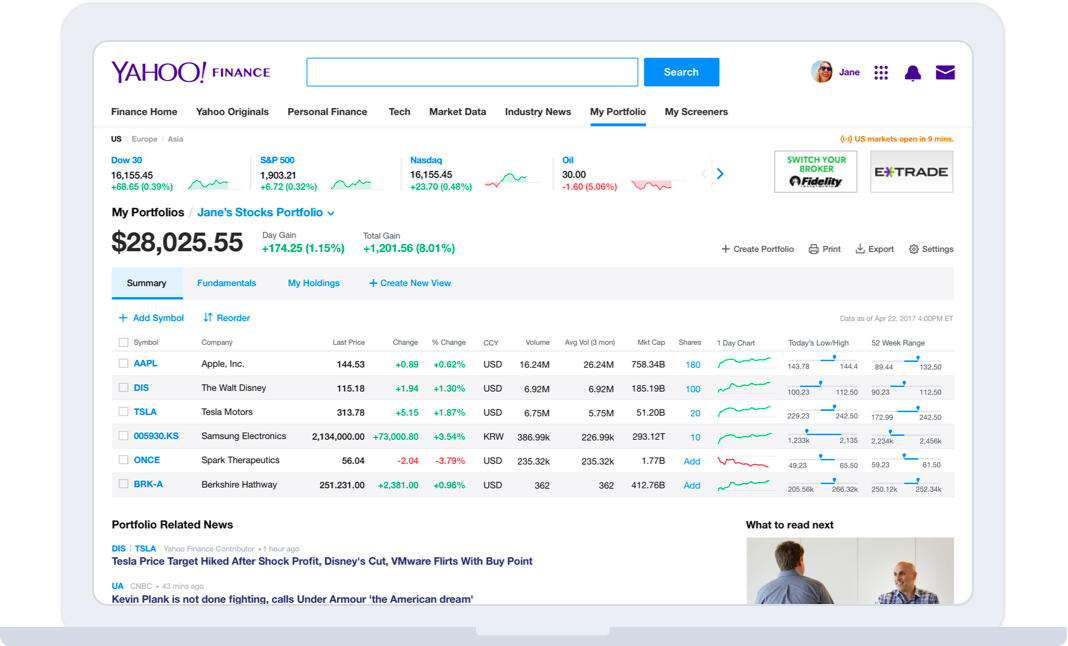Not determined by the market interest rate, is decided by the reserve banks. Can not be used in figuring out present value. Can be used in determining the present worth of the future money flows. Based upon the marketplace and focusing on the Lender's perspective Focusing on the Financier's viewpoint Affected by Demand and supply in supply in the economy. Not Impacted by Need and supply in supply in the economy. After examining the above information, we can say that Discount rate Rate vs Interest Rate are 2 different ideas. A discount rate is a more comprehensive principle of Finance which is having multi-definitions and multi-usage.

In many cases, you have to pay to obtain cash then it is a direct financial expense. In other cases, when you invest money in a financial investment, and the invested money can not be used in anything else, then there is an chance cost. Discount Rate Rates vs Rates Of Interest both relate to the cost of money but in a different method. If you have an interest in Finance and want to operate in the Financial Sector in the future, then you should understand the distinction between Rates of interest and Discount rate. This has how to get out of a timeshare legally actually a been a guide to the leading difference in between Discount Rate vs Rates Of Interest.
In financing, the discount rate has two crucial definitions. Initially, a discount rate belongs of the computation of present worth when doing a reduced capital analysis, and second, the discount rate is the rate of interest the Federal Reserve charges on loans provided to banks through the Fed's discount window loan procedure - What is a cd in finance. The very first meaning of the discount rate is a vital element of the reduced capital computation, a formula that identifies how much a series of future cash circulations is worth as a single swelling amount value today. For investors, this estimation can be an effective tool for valuing companies or other financial investments with foreseeable earnings and cash circulation.

The company is stable, constant, and predictable. This business, similar to numerous blue chip stocks, is a prime prospect for an affordable capital analysis. If we can forecast the company's profits out into the future, we can use the affordable capital to estimate what that business's assessment should be today. What is a consumer finance company. Unfortunately, this process is not as simple as just building up the money circulation numbers and coming to a value. That's where the discount rate enters into the image. Money flow tomorrow is not worth as much as it is today. We can thank inflation for that truth.
Second, there's unpredictability in any forecast of the future. We simply don't know what will happen, including an unforeseen reduction in a company's timeshare warrior film incomes. Cash today has no such unpredictability; it is what it is. Due to the fact that money circulation in Click here to find out more the future brings a danger that money today does not, we must discount future capital to compensate us for the risk we take in waiting to receive it. These two aspects-- the time worth of cash and unpredictability danger-- integrate to form the theoretical basis for the discount rate. A greater discount rate implies higher unpredictability, the lower today worth of our future money circulation.